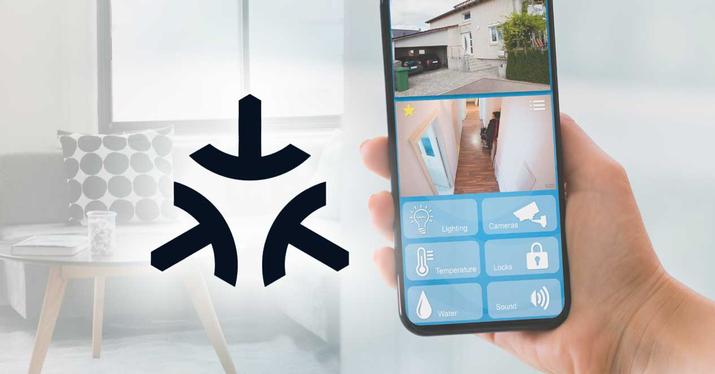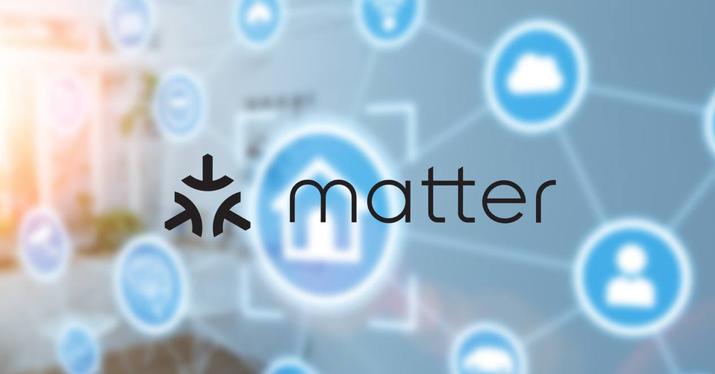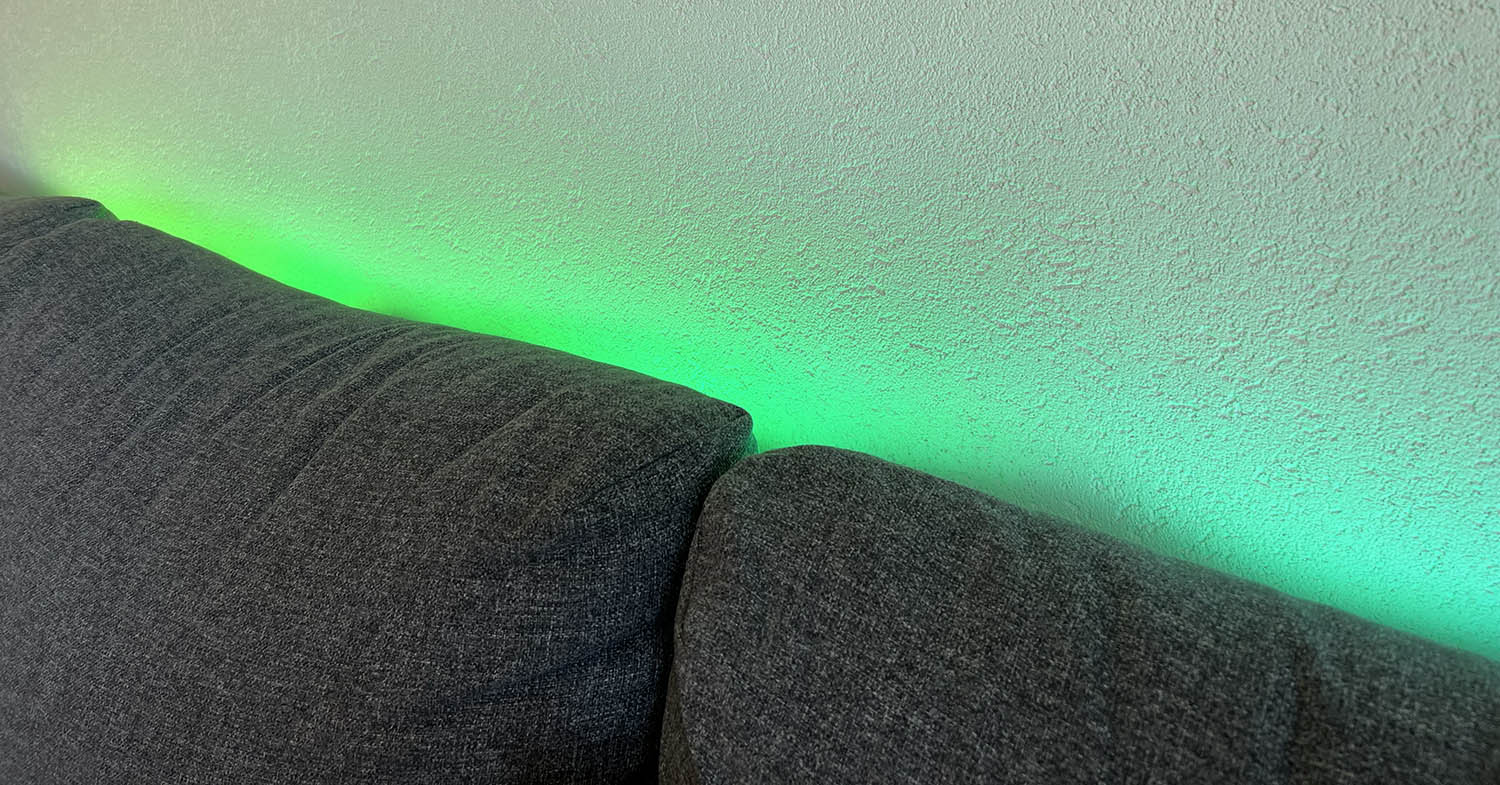When a new technological advance is presented, it tends to be considered a revolution that will completely change the industry. This creates expectations that can be difficult to meet in the long run. For example, the unified Matter standard was going to be the panacea that turned the smart home into something interconnected, reliable and secure. He has not fully complied.
Below we will review what Matter promised and how the experience has turned out in its first year of full operation.
Matter promised a lot
Matter, which officially arrived in our homes in 2022, was going to be the great revolution for the connected home in 2023. Now that we can close the year, the reality is that it has left a lot to be desired in several aspects.

Theoretically, this home automation and Internet of Things (IoT) revolution is designed to solve some fundamental smart home problems by providing a simple, device-optimized setup process, cross-platform interoperability, and reliable and secure local connectivity.
This 2023 has been the year of the explosion in the adoption of the Matter standard. It is a connectivity standard created by the Connectivity Standards Alliance (CSA), which large home device platforms have begun to use and big brands have supported it: Amazon, Apple, Google, Samsung, Philips Hue, etc. Thus, up to a total of more than 1,340 brands. Matter is meant to make smart home easier, but it really isn’t that way yet. As one of his slogans said, “Thanks to Matter, you can spend less time setting up your smart home and more time enjoying it.” It hasn’t been like that.
Problems and incidents
Among the main problems of putting all this beautiful theory into practice are the restrictions when connecting Matter. By purchasing a compatible device you ensure that it will work with any voice assistant or platform thanks to interoperability, but the problem is this: you will only get limited capabilities; Only some of the functions of that device will be available.

For example, if we connect some Philips Hue smart bulbs to the system through Matter to Apple Home, you will not be able to use a function such as the adaptive lighting of the Apple system. If you connect a smart plug with Amazon Alexa, you will lose the ability for energy monitoring. If you connect a Govee light strip (which, for example, turns any Smart TV into an Ambilight) to the smart home platform of your choice, you won’t be able to play with its lighting effects. This means that users ultimately have to return to the manufacturer’s app to get the full features they paid for.
In addition to theoretically working with any smart home platform, Matter devices should work simultaneously with all home automation management platforms. This feature called multi-administrator should allow the same device to be controlled at the same time from Siri, Google Assistant, Alexa or even Samsung’s Bixby. However, this feature is completely broken at the moment. If a device is connected to more than one platform, this causes errors in which it very soon begins to appear offline on one or ends up disappearing and has to be reconfigured.
It is undeniable that Matter remains just as promising if we stick to what it promises. However, all these errors and incompatibilities must be corrected to make it the perfect system that it was going to be.













